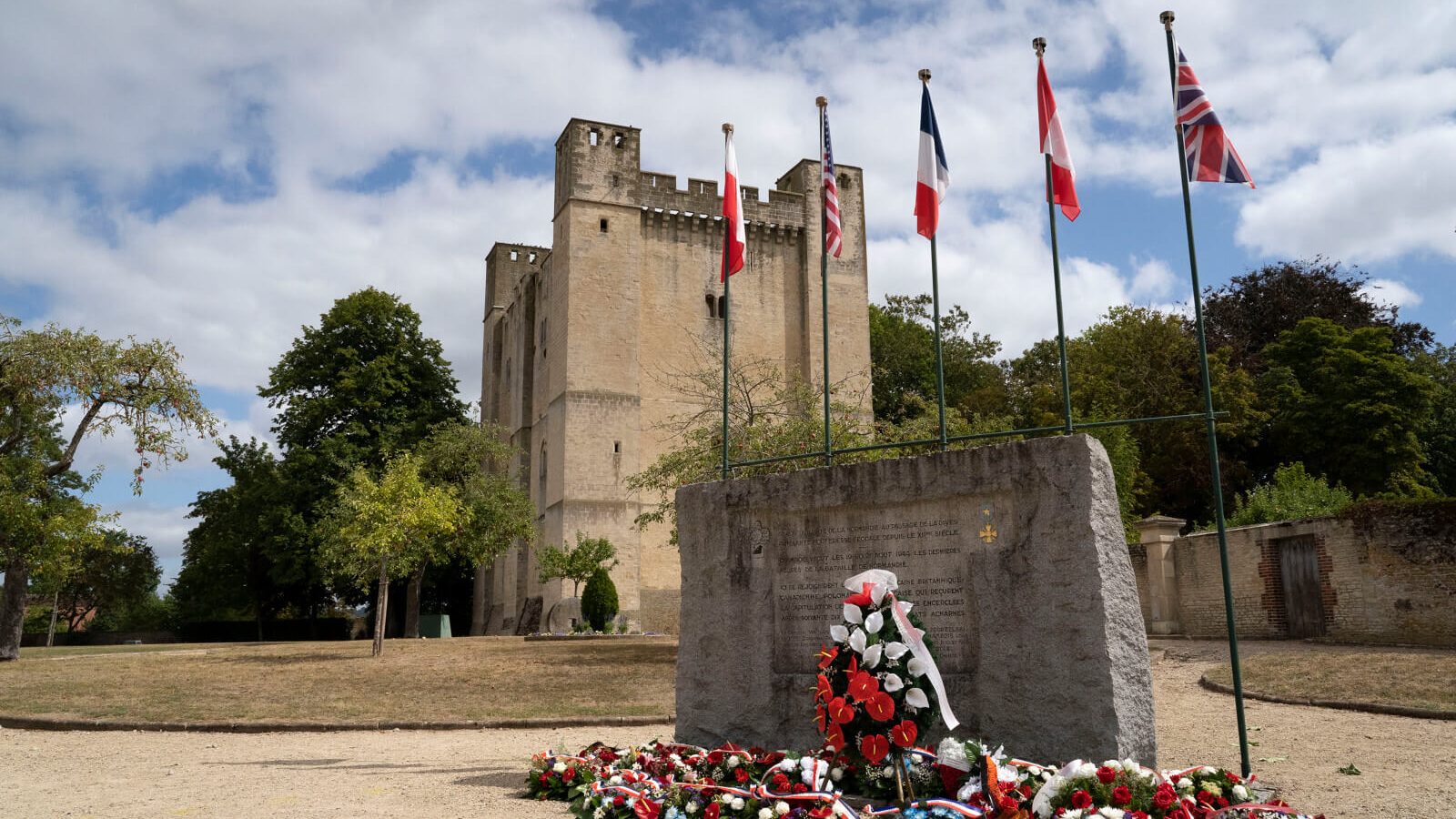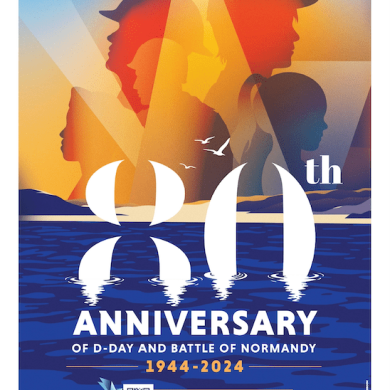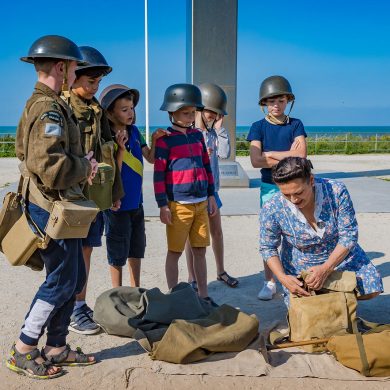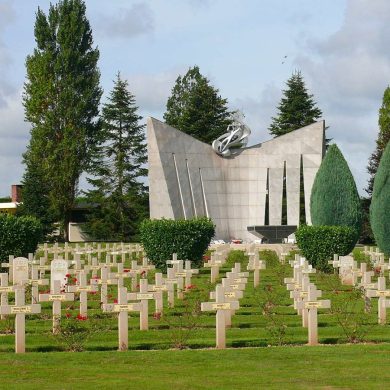Updated on 5 September 2023
Reading time: 5 minutes
June 6, 1944 marks the historic landing of the Allies in Normandy, but the echoes of war continue to reverberate far beyond our shores. For three relentless months, the flames of battle continue to engulf our lands. Immerse yourself in the untold stories of Normandy, wander beyond conventional D-day trails and embark on an extraordinary expedition to uncover the lesser known World War II sites and museums to witness history unfold.
The radar station of Douvres-la-Délivrande
On D-Day, the radar station of Douvres-la-Délivrande is situated behind the Canadian sector. Since 1943, it has enabled the Germans to monitor the airspace along the Côte de Nacre. Surrounded by the Allies on the evening of June 6, 1944, this strategic position is reclaimed eleven days later. On-site, a museum explains the operation of a German radar station and how the site was taken by the Allies.
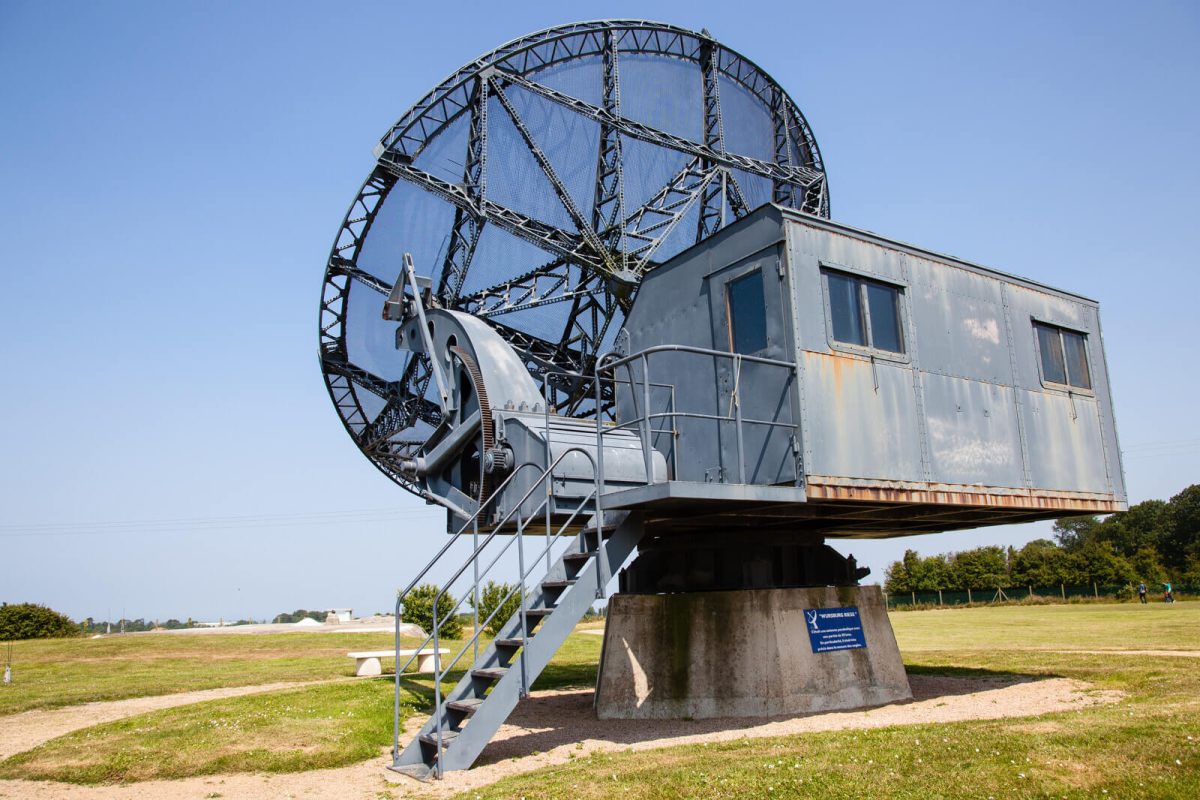
Useful information
Station Radar 44 Musée Franco-Allemand du Radar
14440 Douvres-la-Délivrande
The Crisbecq Battery
Part of the Atlantic Wall, the Crisbecq Battery was equipped with artillery guns and played a significant role in defending the German-held territory. Facing Utah Beach and situated on a ridge, the Crisbecq Battery was the first to open fire on the Allied navy as it had the ability to cover a wide coastal area. Despite being incomplete and bombarded, this coastal fortification managed to sink the USS Corry and hit several other ships on D-Day. Today, the Crisbecq Battery is open to the public as a historical site and museum. Visitors can explore the remains of the battery, including the gun emplacements, impressive 210mm cannons, bunkers, and trenches to gain insights into the defensive strategies and the harsh realities of war.
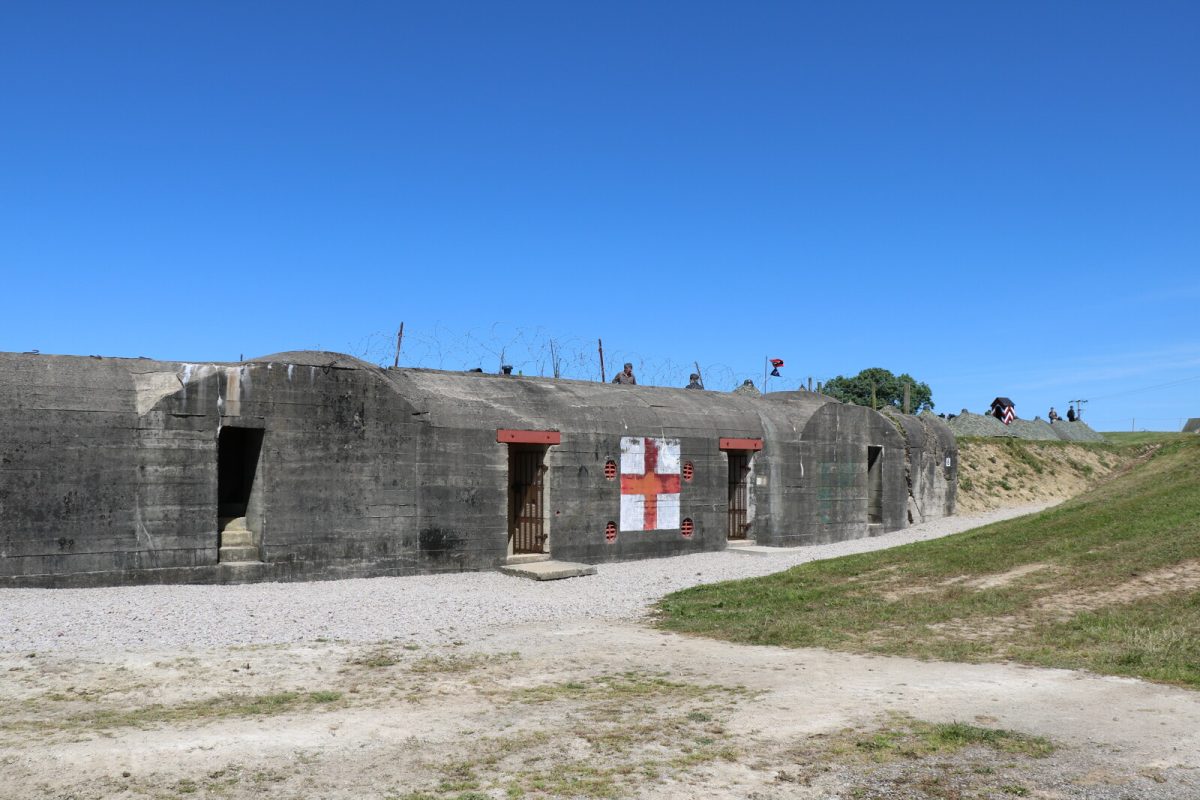
Useful information
Batterie de Crisbecq
50310 Saint-Marcouf
mont canisy
Overlooking the heights of Deauville, Mont Canisy served both as a French defensive position and an German artillery battery of the Atlantic Wall. On the morning of D-Day, it engaged in combat against the HMS Ramillies and lost all its cannons throughout the day. However, it wasn’t until the end of August that the garrison surrendered. During the visit of the site guided by volunteers, you will enter an astonishing underground gallery that stretches 250 meters in length.
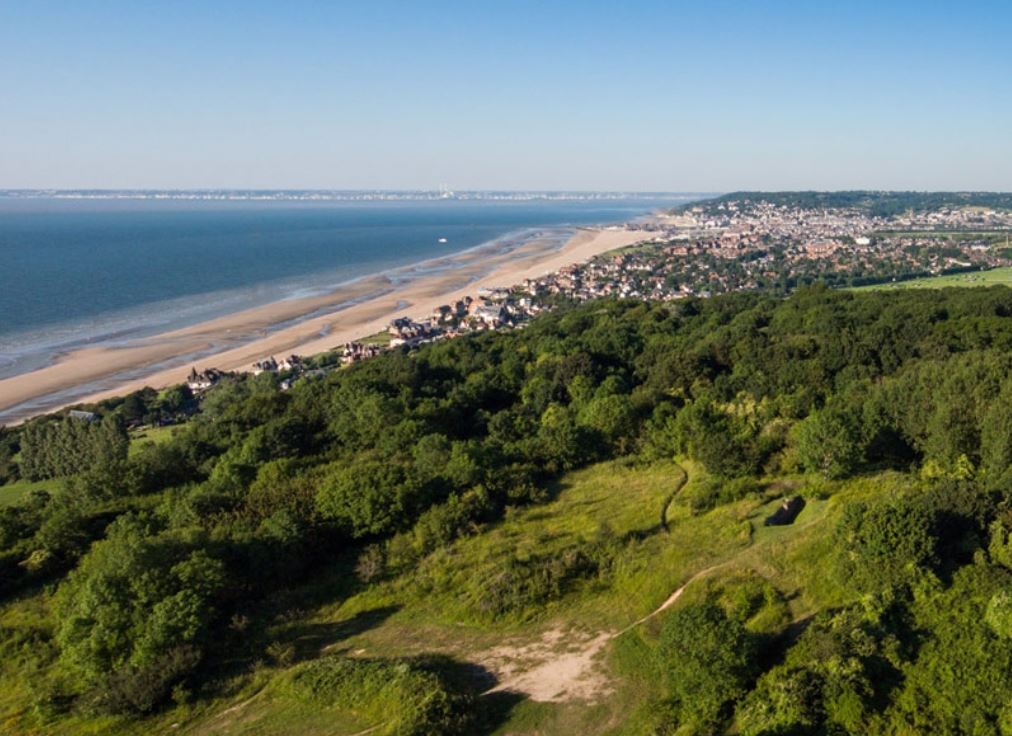
Useful information
Mont Canisy
14910 Benerville-sur-Mer
The Liberation of Cherbourg
To ensure the success of the D-Day landings, the Allies must liberate Cherbourg for supply purposes. The mission is entrusted to the troops who landed on Utah Beach. As soon as the Cotentin Peninsula is isolated, the Allies advance towards the North. By July 1st, the port of Cherbourg is under control. From then on, the race begins to assemble logistical facilities. Visiting the Liberation Museum in Cherbourg offers a unique opportunity to delve into the historical significance of the city’s liberation during World War II. The museum is housed within the impressive Fort du Roule, a historic military fortress that offers stunning panoramic views of Cherbourg and its surroundings.
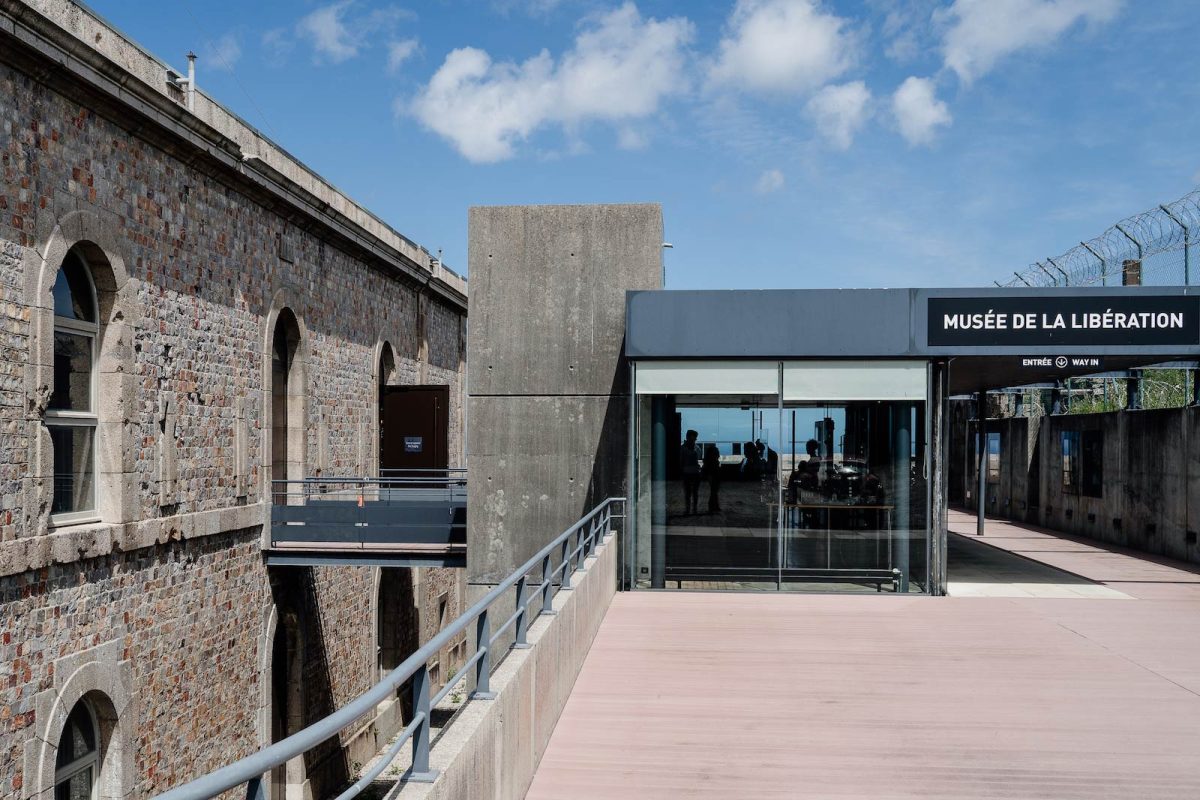
Useful information
Museum of Liberation
50100 Cherbourg-en-Cotentin
côte 112
Rising prominently on the Caen Plain, Hill 112 witnessed intense and relentless battles. It served as a strategic point for bypassing Caen from the west and securing the city’s liberation. Over the course of four operations from June 26th to July 20th, 1944, the scale of conflict was staggering, with 100,000 soldiers engaged and a devastating loss of 22,500 lives. Today, the site stands as a solemn tribute, adorned with commemorative monuments and a handful of graves, including those of John Smith and Helmut Klein, buried together.
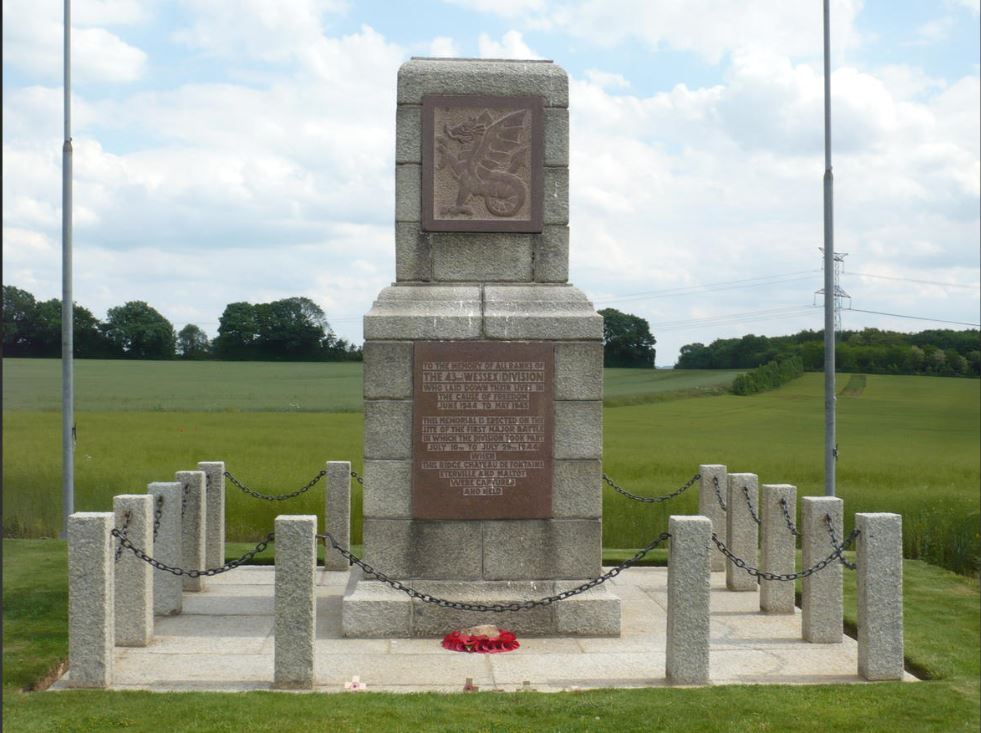
Useful information
Côte 112
14930 Vieux
The Mortain counterattack
After the breakthrough at Avranches, which grants the Americans access to Brittany, Hitler decides to plan a counterattack in Mortain. The Allies intercept messages and seize the opportunity to neutralize the enemy in Normandy. The German offensive is launched on the night of August, 6th, but the troops are defeated by the 13th. Worth visiting on-site: the monument of the 30th Infantry Division and Hill 314.

Useful information
Côte 314
50140 Mortain-Bocage
The Falaise-Chambois pocket
Ultimate major operation of the Battle of Normandy, the Falaise-Chambois pocket witnesses 2 million soldiers engaged in battle from August 12th to 21st, 1944. The German army’s defeat is complete, leaving behind a harrowing sight of fallen men and animals strewn across the ravaged battlefield. Well-documented, the Montormel Memorial sheds light on the significance of this crucial battle.
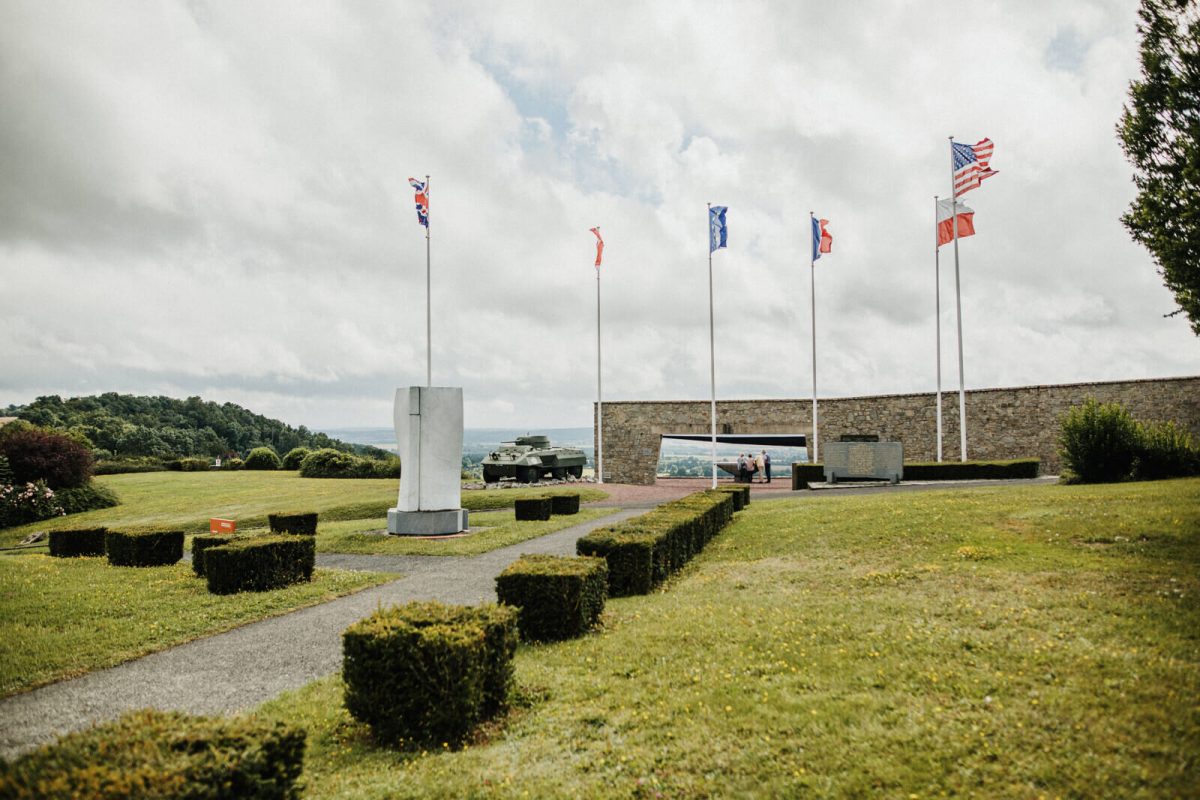
Useful information
Mémorial de Montormel
61160 Mont-Ormel
The town of Vimoutiers
The town of Vimoutiers witnessed intense events from 07/06 to 22/08/44. Despite being almost completely destroyed on June 14th, this historic town played a significant role in World War II. It was in the outskirts of Vimoutiers that Marshal Rommel was wounded a month later. Today, visitors can discover remarkable sights, such as a preserved Tiger tank, listed since 1975. Another notable attraction is the “Cauldron of Liberation,” symbolizing resilience and hope, as it provided food for the population during the conflict.
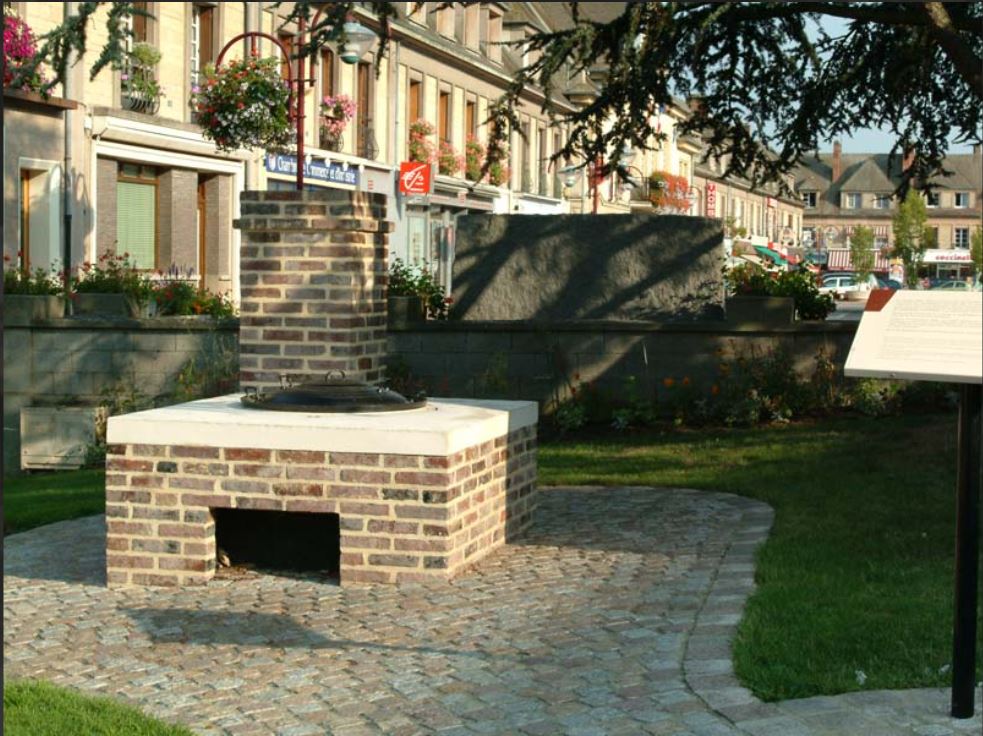
Useful information
Le Chaudron de la Libération
61120 Vimoutiers
August 44: Hell on the Seine
Before the Allied junction at Chambois, a portion of the German army managed to break free from the Falaise pocket. It was crucial to prevent them from regrouping and launching a new counterattack. Thus, a race towards the Seine river begins! Despite the efforts of the Allies, approximately 165,000 German soldiers and 30,000 vehicles manage to cross the river. The “August 44: Hell on the Seine” museum in Duclair depicts this episode of history.
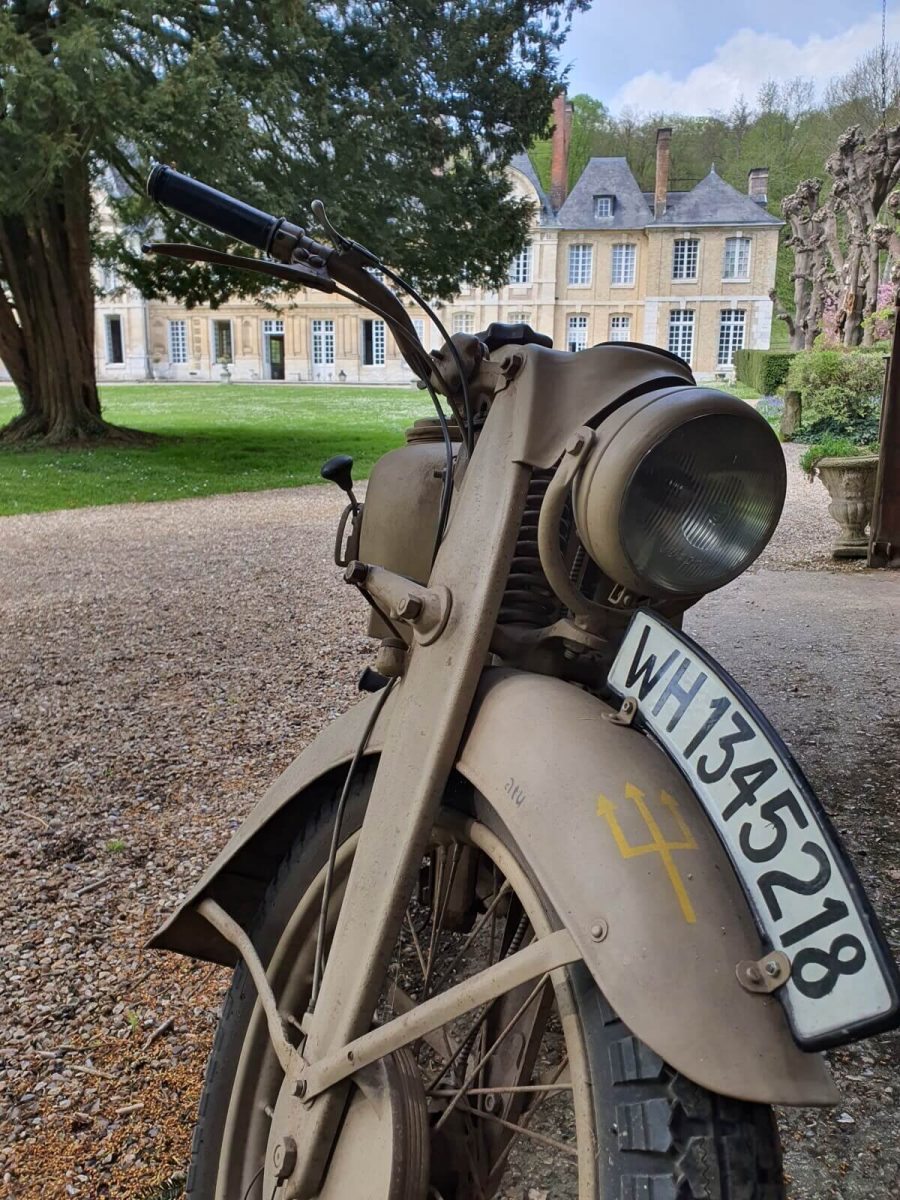
Useful information
Musée Août 1944
76480 Duclair
Le Havre
Experience the remarkable journey of Normandy’s post-World War II reconstruction. After the devastation of the war, the region became a captivating laboratory of innovation for urban planners and architects. With Le Havre’s inclusion as a UNESCO World Heritage site in 2004, a wave of initiatives emerged to celebrate and enhance the region’s unique heritage. Discover the “Heritage of Reconstruction in Normandy” label, offering a fresh perspective as you explore the cities and villages rebuilt with new architectural codes and materials, witnessing the resilience and creative spirit that transformed ruins into vibrant urban landscapes.
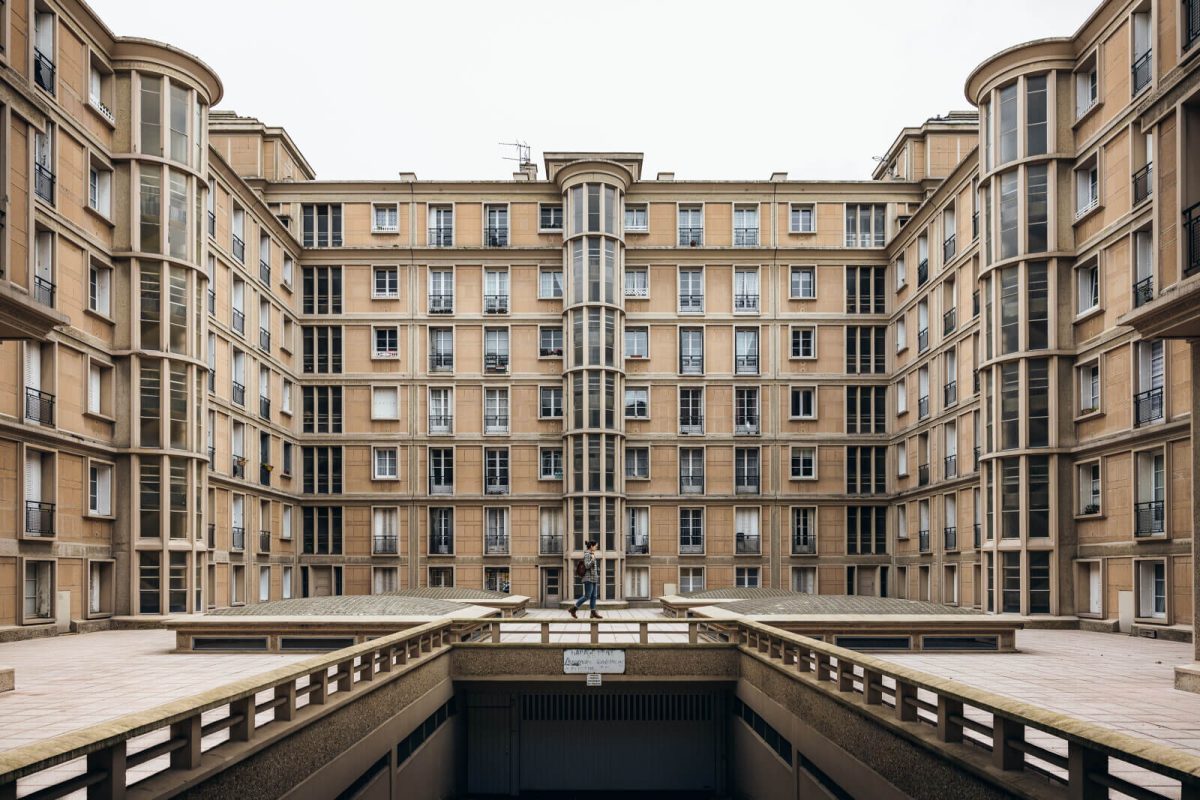
USEFUL INFORMATION
Le Havre city centre
76600 Le Havre
